15 Mitigation Features to Look for in Commercial Properties in Flood Zones

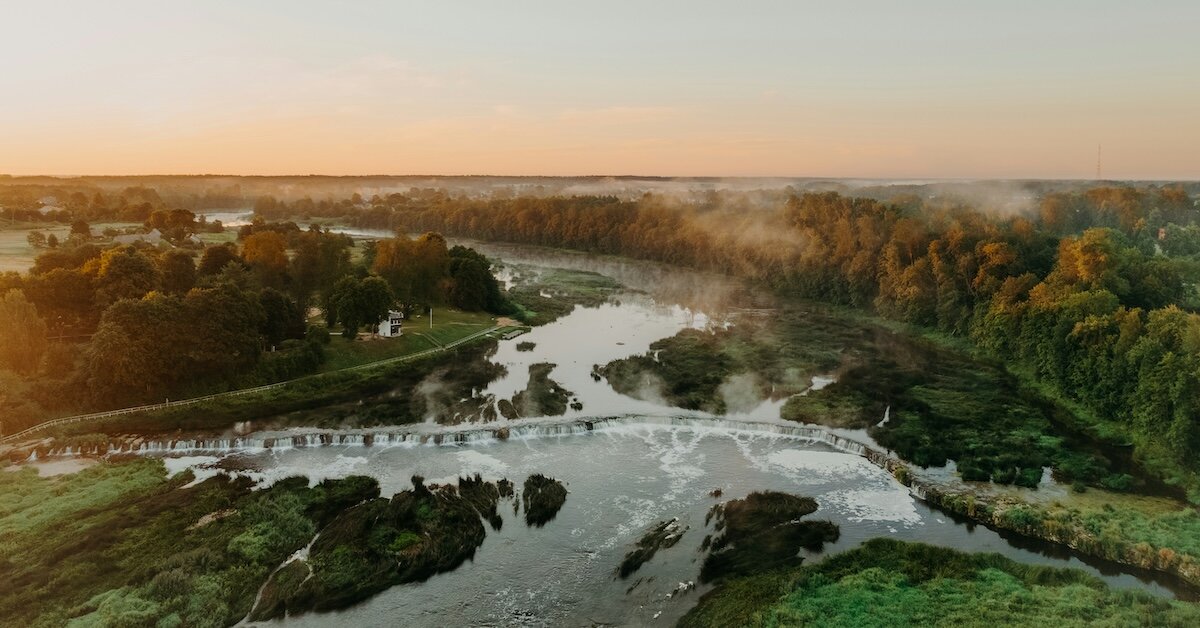
If you buy and hold a commercial property then rent it out to tenants, take steps to improve the property's operational efficiency. Add automated management tools and decrease your expenses to improve your net operating income (NOI). This can increase a property's value (and give your LTV ratio a shot in the arm). If it's still underperforming, you may want to consider selling to a cash buyer and reinvesting elsewhere.
If you are a commercial real estate investor, the recent hurricanes and flooding in Florida and across the Southeast are impossible to ignore. Some properties without a history of regular flooding were inundated, causing catastrophic damage.
While people may be willing to sell them at a low price to investors, the potential for damage could have you rethinking a would-be investment property in or near a flood zone. But if the price is right and you manage it correctly, properties in flood zones can be a solid choice. Do your homework first: Here are 14 mitigation features to look for in commercial properties in flood zones.
Flood Facts
Of all the world’s natural disasters, flooding is the most common: 40% of all natural disasters involve flooding, and 75% of the state of emergency disaster declarations in the United States are due to flooding events. And it’s not predicted to get better. Half of the locations surveyed by the US Environmental Protection Agency saw a fivefold increase in coastal flooding since the 1950s. The average duration of a flood or the number of days of flooding also increased dramatically during that time.
Although these flood statistics can be daunting, there are still ways to invest in waterfront property. The prices in previously flooded areas can be pennies on the dollar, which leaves more room in an investor’s budget for mitigation improvements.
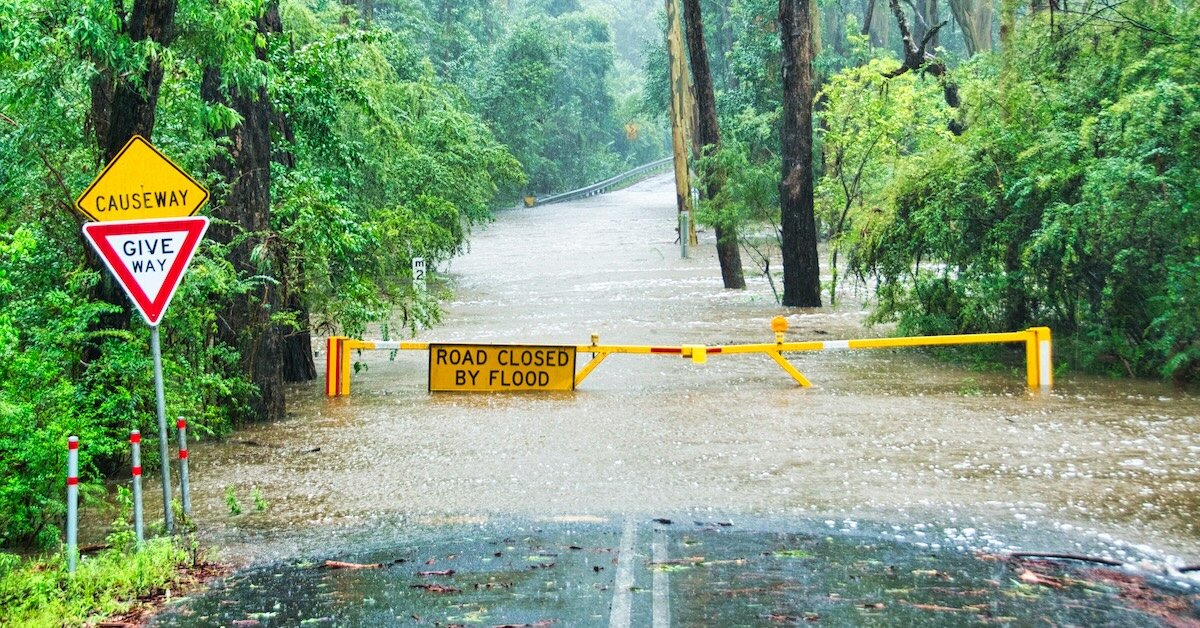
Mitigation Features
These upgrades won’t necessarily keep every drop of water out of your commercial property. Still, they can go a long way to minimizing both the damage the water causes and the expense of cleaning it up.
1. Elevated structures
Many buildings in flood zones can be raised above FEMA’s Advisory Base Flood Elevation (ABFE) with stilts, pilings, or elevated foundations. When built in accordance with updated codes and using waterproof materials, this elevation lets water flow freely under a structure and back to its origin without entering the building.
2. Floodproofing features
Properties that have been inundated and rebuilt may already have significant floodproofing features installed. These include sealing walls, doors, and windows (dry floodproofing) and controlling how water enters a building (wet floodproofing). Both of these types of floodproofing features can minimize damage.
3. Stormwater management systems
In many cases, flood risk increases due to human reshaping of the natural environment. Retention ponds, bioswales, and permeable pavement can restore some natural features and help manage runoff. This potential reduction in flooding might even lower your flood insurance premiums.
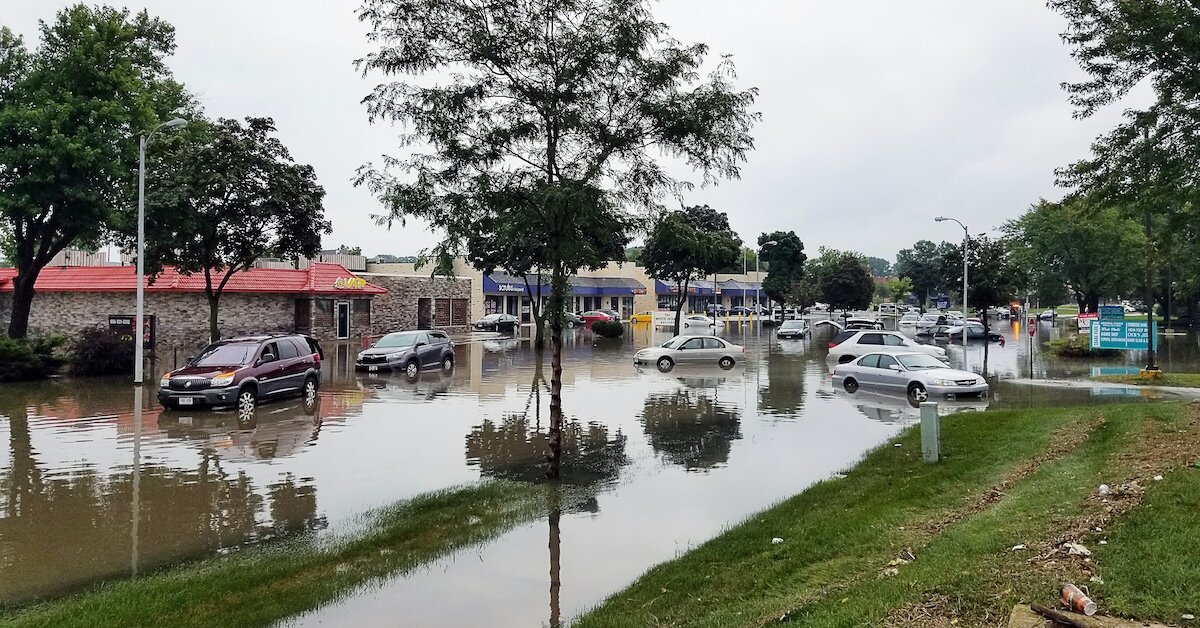
4. Building location
While it cannot be easily changed or improved, a structure’s location is among the most critical factors. A building surrounded by trees, dunes, or wetlands is more protected than one that fronts the flood source or a parking lot. Even in a flood zone, these natural features can slow water’s progress and minimize the amount of water headed your way.
5. Foundation materials
Foundations made from flood-resistant materials often fare better when the water rises. They prevent structural failure during flooding and don’t retain water that can cause mold. Concrete and brick are better choices for flood-prone areas.
6. Installed flood barriers
In addition to natural flood-mediating features like swales and bioretention ponds, temporary or permanent barriers such as flood gates, levees, and berms keep water away from your investment.
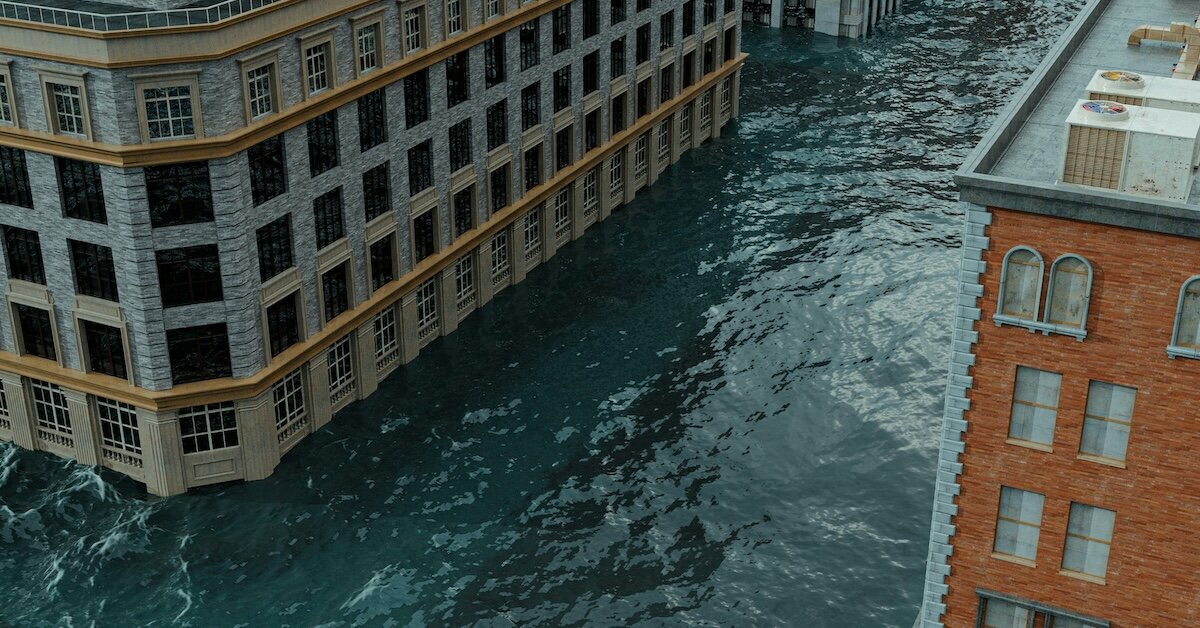
7. Elevated utilities and equipment
Fire is an ironic and sometimes tragic danger for a flooded property. Look for electrical panels that are elevated above the high water line. HVAC and other critical systems should also be installed well above the highest recorded inundation.
8. Flood vents
If your property is in a zone that regularly floods, you can still protect your investment and spend less money on repairs. Most damage during flooding is from high-water flooding, but flood vents in foundation walls allow water to flow through without stopping.
9. Proper building materials
Mildew-resistant drywall and treated lumber are a solid investment in a flood-zone property. These resist rotting and black mold, which render a structure hazardous. Without them, the cost of repeatedly redoing drywall and other major projects can destroy any chance at profitability.
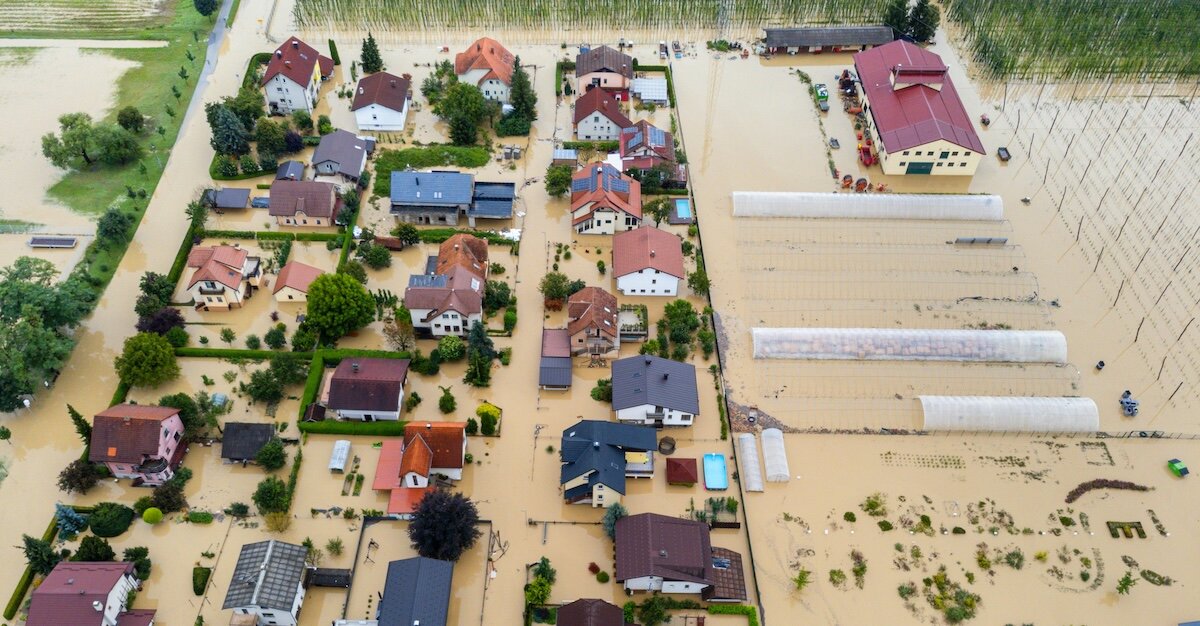
10. Backflow prevention valves
Another unfortunate result of flooding is that sewage and stormwater back up into your building. Backflow prevention valves are a small, frequently unnoticed feature that ensures this does not happen.
11. FEMA and local code compliance
This might seem like a no-brainer, but double-check that your potential investment property complies with all FEMA standards and meets or exceeds local flood codes. This is especially important when shopping for flood insurance.
12. Breakaway walls
It may seem counterintuitive, but looking for a building designed to collapse in some places is a positive when investing in a commercial property in a flood zone. Non-load-bearing walls that collapse under the pressure of flood water reduce the pressure on the main structure and can minimize damage.
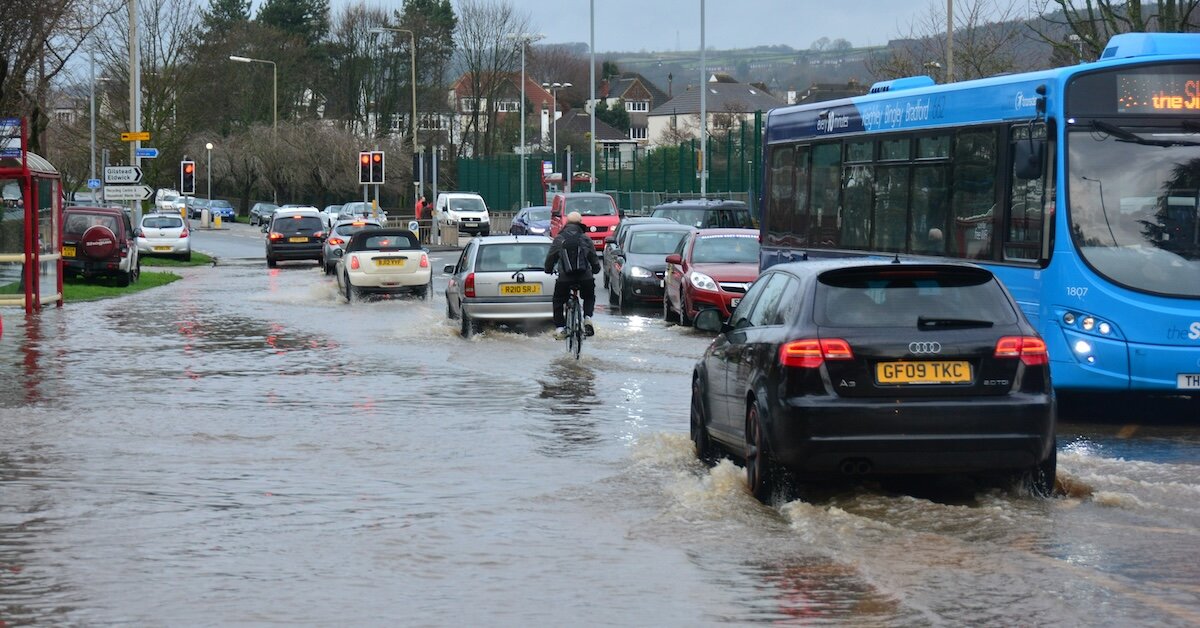
13. Reinforced doors and windows
Doors and windows should be impact-resistant and waterproof. These not only maintain a pleasant climate inside the building when the weather is nice, but they also prevent water from heavy storms or flooding from damaging the building.
14. Flexible utility connections
Think of a plate on a shelf. If a rigid glass plate falls off, it’s likely to shatter easily. Swap that plate for one made of rubber; the flexible material means it stays intact when it hits the ground.
The same is true of your utility connects. Rigid lines bringing water, gas, and electricity into a building can snap like twigs in rushing floodwater, while flexible connections are more likely to move with the water and hold steady. This can make a huge difference in how long your property is out of commission after a serious flood event.
15. Floating/detachable structures
One of the newest mitigation features in flood-resistant buildings starts on paper with the design. Some buildings (or some sections of buildings) are designed to either float in a flood or to be detached and moved during a predicted flooding event. This won’t necessarily help if you are purchasing an older building, but consider adding these to your plans if you are building something new.
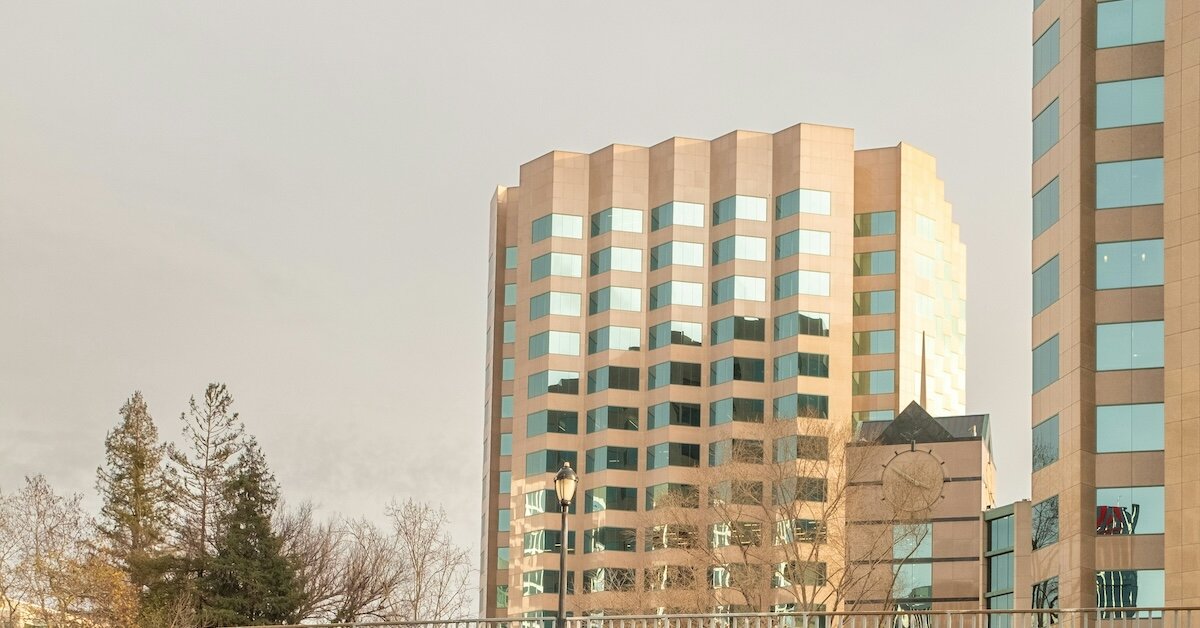
Know Your Flood Risk
As an investor, it can be painful to save money in one area (e.g., lower capital gains taxes on your investments) only to lose it in another (such as flood damage). Do your homework, consider the mitigation features, and decide if the risk is worth the reward.
If you're not sure how much a property might be exposed to flood risk, check out Crexi Intelligence. Climate factors data and more data are available on 150+ million properties nationwide.

Ben Mizes is the Co-Founder and CEO at Clever Real Estate, the nation’s leading real estate education platform for home buyers, sellers, and investors.









